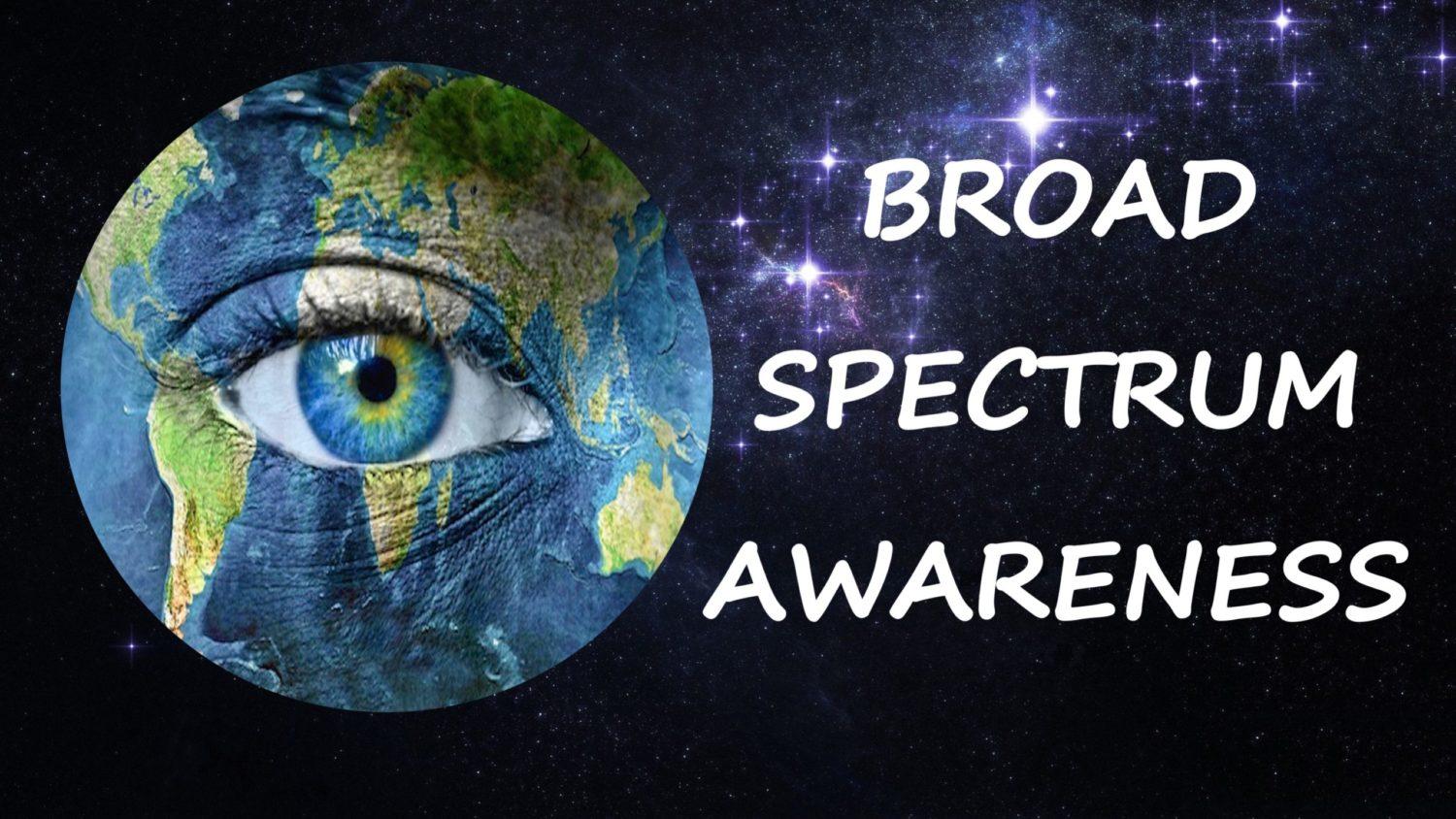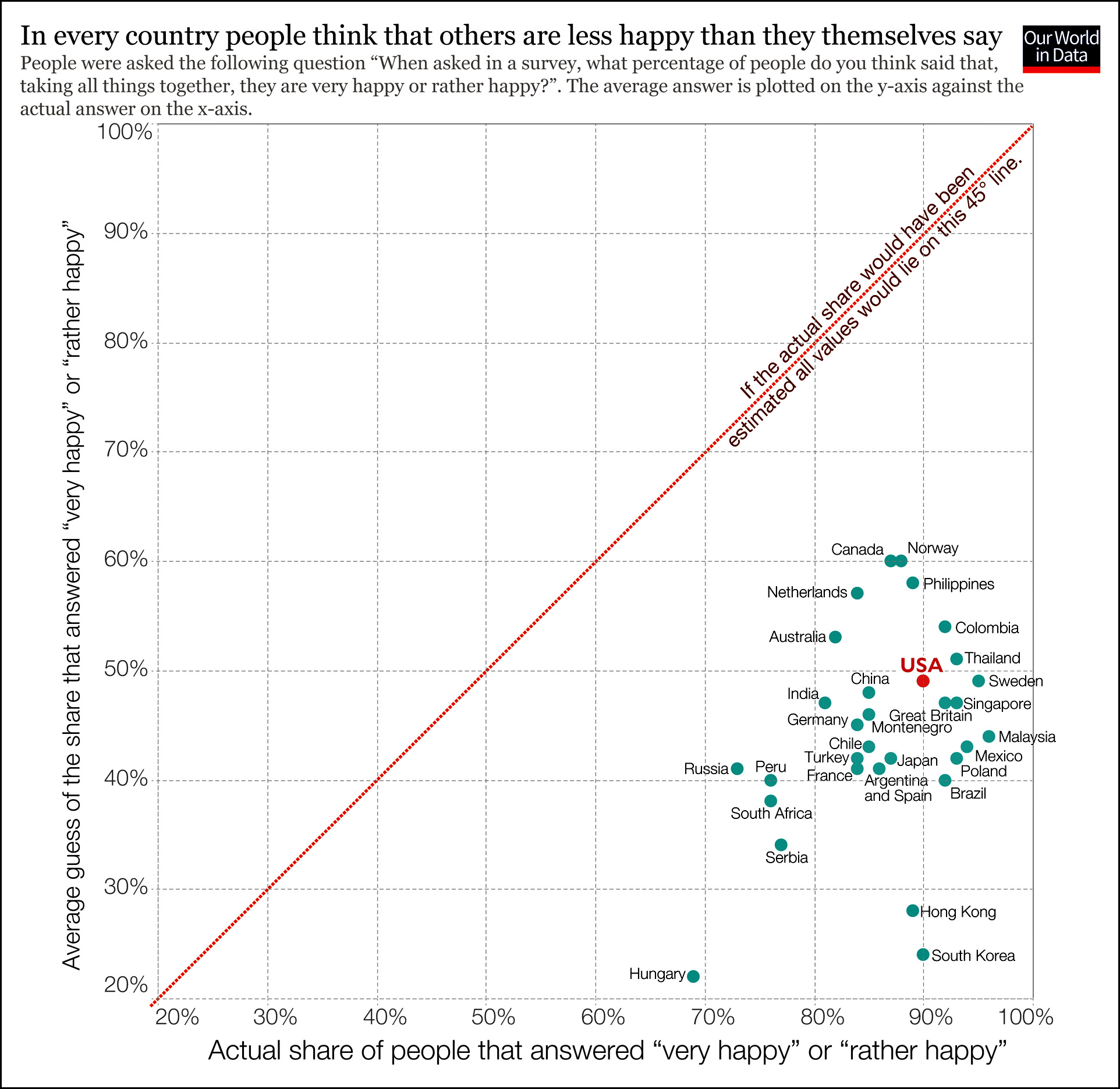

Examples of this include facial recognition software, disease-mapping tools, content-recommendation filters, and software that can play chess. ANI is a type of AI designed to perform a single task very well. When, if ever, will AI become sentient?Ĭurrently, we have several applications that demonstrate Artificial Narrow Intelligence. It proves only that it can create the illusion of possessing a self-aware consciousness, which is exactly what it has been designed to do. Therefore, while it's clear that LaMDA has passed the Turing Test with flying colors, this in itself does not prove the presence of a self-aware consciousness. It is not sufficiently able to tell us anything about a machine's level of consciousness (or lack thereof). The famous Turing Test, currently getting many mentions on social media, is intended only to measure a machine's ability to display apparently intelligent behavior that's on a par with, or indistinguishable from, a human being. There are scientists such as Ray Kurzweil who believe that a human body consists of several thousand programs, and, if we can just figure out all those programs, then we could build a sentient AI system.īut others disagree on the grounds that: 1) human intelligence and functionality cannot be mapped to a finite number of algorithms, and 2) even if a system replicates all of that functionality in some form, it cannot be seen as truly sentient, because consciousness is not something that can be artificially created.Īside from this split among scientists, there is as of yet no accepted standards for proving the purported sentience of an AI system.

However, scientists are divided on the question of whether it is even feasible for an AI system to be able to achieve these characteristics.

In order for an AI to truly be sentient, it would need to be able to think, perceive and feel, rather than simply use language in a highly natural way. Our normalcy bias tells us that only other sentient human beings are able to be this "articulate." Thus, when witnessing this level of articulateness from an AI, it is normal to feel that it must surely be sentient. The fluidity stands in stark contrast to the awkward and clunky AI chatbots of the past that often resulted in frustrating or unintentionally funny "conversations," and perhaps it was this contrast that impressed people so much, understandably. LaMDA is a language model-based chat agent designed to generate fluid sentences and conversations that look and sound completely natural. This is, of course, the million dollar question – to which there is currently no answer. That is to say, despite the surge of excitement and speculation on social media and in the media in general, and despite the engineer's claims, LaMDA is not sentient. In this analogy, Google is the illusionist, and its LaMDA chatbot – which made headlines a few weeks ago after a top engineer claimed the conversational AI had achieved sentience – is the illusion. If this were not the case, it would not be an illusion, and the illusionist would essentially be without a job. Plants appear to be, therefore, sentient but not conscious.As any great illusionist will tell you, the whole point of a staged illusion is to look utterly convincing, to make whatever is happening on stage seem so thoroughly real that the average audience member would have no way of figuring out how the illusion works. So far, plants have been found to completely lack this type of organization. However, even though it is necessary for consciousness, sentience is not sufficient,Īs it must be associated with a complex functional organization of structures that can support a recursive and synchronized processing of information. Only the organisms with a high degree of sentience can have the basis for developing consciousness. In light of this, plants show an excellent adaptiveness, a variable level of sensitivity,Īnd a good degree of sentience (restricted to the immediate perception that something is happening to themselves). This model allows us to interpret the behaviours of living organisms along a continuum capable of giving a smooth transition from simple to complex responses. To sensitivity, and the third to sentience. The first axis refers to adaptiveness, the second By comparing observations and experiments about plants and animals, we propose a framework composed of three axes in which interactions of living organisms with the world can be represented. Which plants seem to behave similarly to animals. In this review we discuss relevant studies that try to interpret in a neurocognitive fashion cases in The study of plant signalling and behaviour, whose aim is to address the physiological basis for adaptive behaviour in plants, is a growing and thought-provoking field of research.


 0 kommentar(er)
0 kommentar(er)
